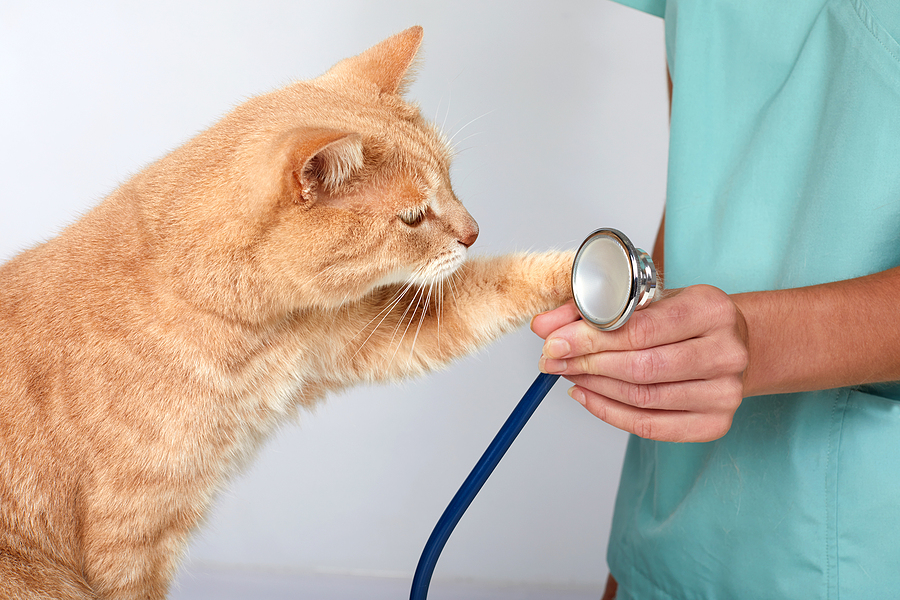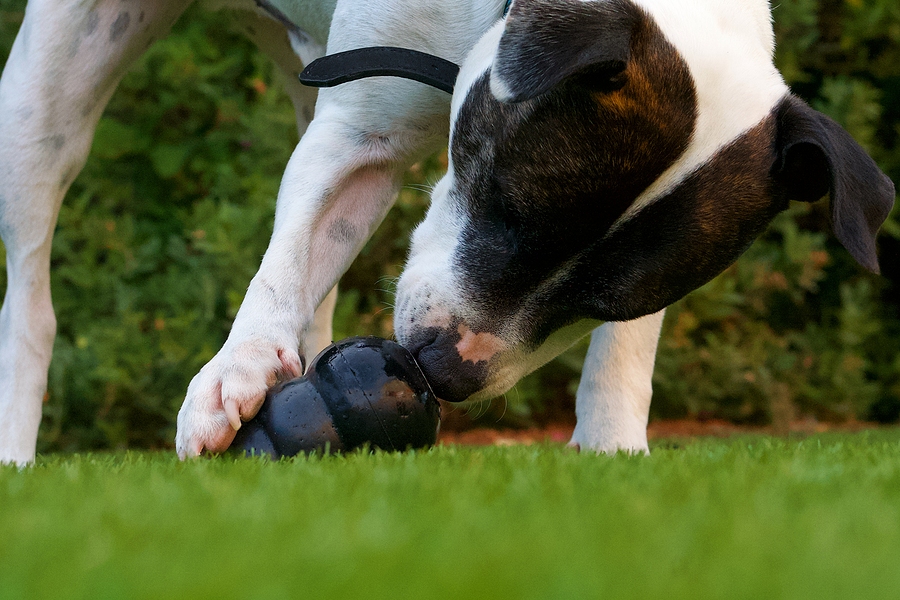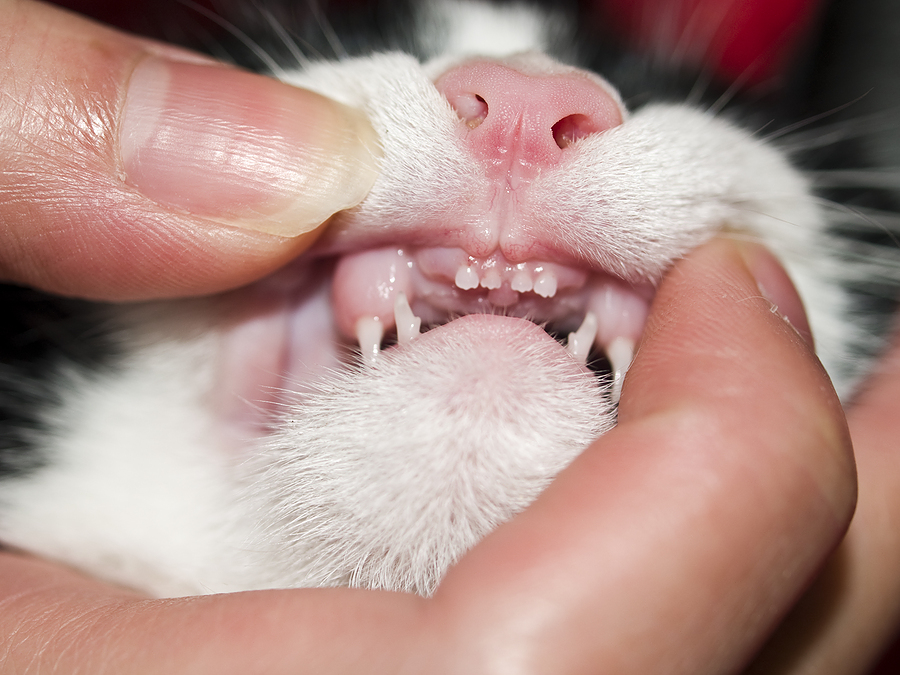
- White teeth equal a healthy mouth.
Not necessarily. The health of the gums is more important than the color of the teeth. Red, swollen gums are a sign that infection is lurking below the gumline. Infection can lead to bad breath, tooth loss, and heart, liver, and kidney disease in pets. The best way to ensure that every pet has a healthy mouth is to have your veterinarian perform a regular oral examination and professional tooth cleaning procedure on at least an annual basis.
- Bad breath is normal in pets

Not true. Bad breath is an indicator of an infected mouth. The odor is often caused by by-products of bacteria in the mouth that form plaque and lead to dental disease. Pets with halitosis need a thorough dental exam and cleaning procedure.
- Anesthesia is scary, so non-anesthetic dental cleaning is the way to go.
There is always a risk when an animal is anesthetized, but a thorough pre-op examination and blood work along with individualized anesthetic protocols and monitoring reduces pets’ risk during anesthesia. An anesthesia-free dental cleaning provides no benefit to the pet’s oral health. Scaling or scraping the teeth with an instrument only makes a tooth whiter in appearance. Think of the tooth as an iceberg; we see only about one-third of the tooth with the remaining two-thirds below the gumline. Bacteria below the gumline quickly become pathologic and begin to destroy the tissues surrounding the tooth. It is not possible to eliminate bacteria beneath the gumline where damage is done. Scaling without proper polishing roughens the tooth surface, leaving more surface area for bacterial plaque to attach to the tooth surface. Anesthesia-free dental cleanings are dangerous because they give a false sense of security that the pet has a clean mouth, allowing periodontal disease to go undetected and untreated. See more at: http://avdc.org/AFD/pet-periodontal-disease/#sthash.EGBX3IuT.dpuf and http://avdc.org/AFD/
- Tooth brushing is too difficult, and my pet hates it and it really doesn’t help anyway.
While not all pets are willing to accept tooth brushing, it is the gold standard for good oral care. It does take time to teach pets to accept tooth brushing. Have a detailed explanation and demonstration for the pet owner such as this: “Start slow, with your finger and some pet toothpaste. Hold the muzzle with one hand and gently insert your finger between the cheek and the teeth and ‘brush’ the teeth. Reward pets with a favorite treat, praise, or game when they accept brushing! You may need to do this every day for a week to ensure your pet learns that it’s okay! Once the pet accepts your finger, begin using a toothbrush but introduce it slowly over several days. You only need to brush the outside of the teeth.” You can also refer clients to this video from Maddie’s Fund.
- Feeding hard kibble will keep my pet’s teeth clean.
Most dogs and cats swallow kibble whole, getting no dental benefit. Even if pets chew kibble, the kibble is too hard and breaks apart when the tooth hits it, offering no benefit. Some dental diets are designed to solve this problem. The kibble is larger and softer, comprising a fiber matrix that allows the tooth to penetrate the kibble, thus wiping plaque off the tooth.
- 6. Bones, chew toys, and tennis balls will help keep his teeth clean.
While your dog will love you for the bone, his teeth may not. The canine jaw does not shift side to side like a human jaw, so when dogs bite down on a bone they often fracture the carnassial teeth. These fractured teeth hurt and can lead to infections and abscesses if left untreated.
 Here’s a good rule of thumb when choosing a chew toy: if you can’t easily bend it with your hands or if you wouldn’t want to be hit in the knee with it, don’t give it to a pet. Wild dogs and wolves often have multiple fractures in their mouths due to chewing on bones.
Here’s a good rule of thumb when choosing a chew toy: if you can’t easily bend it with your hands or if you wouldn’t want to be hit in the knee with it, don’t give it to a pet. Wild dogs and wolves often have multiple fractures in their mouths due to chewing on bones.
Playing fetch with a tennis ball is a great way to bond with your pet but put the ball away when done. The rough surface of the tennis ball can abrade tooth enamel over time. Dogs who constantly chew on tennis balls often have severely worn teeth that can become painful.
- Dogs and cats do not feel pain.
Our pets can’t tell us about the pain they feel, and they often want us to be happy, so they mask the pain. An infected mouth or a fractured tooth hurt and require treatment. Pets need to eat to stay alive so they will often figure out a way to do so that causes the least amount of pain. If clients notice their pet dropping food or only chewing on one side of the mouth, their pet has a problem.
- It doesn’t bother me if my pet’s teeth aren’t pretty.
Pets with dental disease have an infection that should be treated just as an infected ear or wound would be treated. This infection is in the oral cavity and every time the animal chews, bacteria is released into the bloodstream, causing a detrimental effect on the heart, liver, and kidneys. There are even new studies linking joint issues to the oral cavity.
- Oral disease is an inevitable part of aging.
Pets who receive good oral home care and routine professional cleanings are much less likely to develop dental disease as they age. Many veterinary professionals believe that good oral care can add an average of two years to the life of a pet. Just as age is not a disease, dental disease does not have to be an issue in aging pets.
- How can I know if a dental product will really work for my pet?
The Veterinary Oral Health Council gives dental products a seal of approval for either plaque reduction or tartar reduction. The VOHC recognizes products that meet pre-set standards of plaque and calculus (tartar) retardation in dogs and cats. Types of products include special diets, toothbrushes, treats that may contain enzymes to help clean teeth, and treats or toys that can be filled with enzymatic pet toothpaste. Items awarded the VOHC Seal of Acceptance have been proven to work based on scientific studies and protocols. Bright Dental chews and toothpaste are currently in the midst of trials to earn VOHC certification.
References
Pavilica, Z., Petelin, M., Juntes, P, Erszen ,D., Crossley, DA, Skaleric, U, “Periodontal Disease Burden and Pathological Changes in Organs of Dogs.” J Vet Dent 2008 Jun:25(2):97-105.
DeBowes LJ: The effects of dental disease on systemic disease. Vet Clin North Am Small Anim Pract 28:1057. 1998
Debowes, LJ, Mosier, D. Association of periodontal disease and histologic lesions in multiple organs from 45 dogs. J Vet Dent 1996; 12: 57–60.
Maresz, KJ, etal, “Prophyromonas gingivalis facilitates the development and progression of destructive arthritis through its unique bacterial peptidylarginine deiminase (PAD)” . PLos Pathog. 2013 Sep;9(9):e 1003627
Tang, Q, Fu H, Qin B, etal,”A possible link between rheumatoid arthritis and periodontitis: A systemic Review and Meta-analysis.” Int. J Periodontics Restorative Dent 2017, Jan/Feb, 37(1):79-96
This article was reviewed/edited by board-certified veterinary behaviorist Dr. Kenneth Martin and/or veterinary technician specialist in behavior Debbie Martin, LVT.
Mary is a charter member of the Academy of Veterinary Dental Technicians and received her Veterinary Technician Specialty in Dentistry in June 2006. She worked in research for over 28 years, specializing in products aimed at improving oral health of companion animals and continues to work with companies to evaluate the efficacy of their products. Mary is the founder and president of Beyond the Crown Veterinary Education, a veterinary dental consulting service. She was named NAVTA Veterinary Technician of the Year in 2020 and received the AVDT’s Excellence in Dentistry Education award in 2019. Mary is a speaker and wet lab instructor at numerous state and national conferences. She lives on a small farm near Lawrence, Kansas, with her husband, Doug, and has two sons and three grandchildren.
Brought to you by

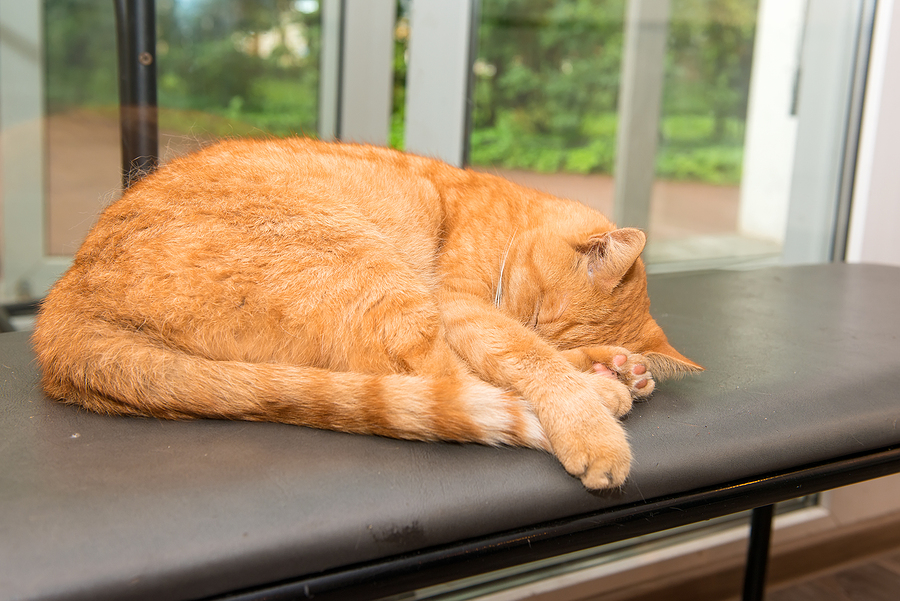
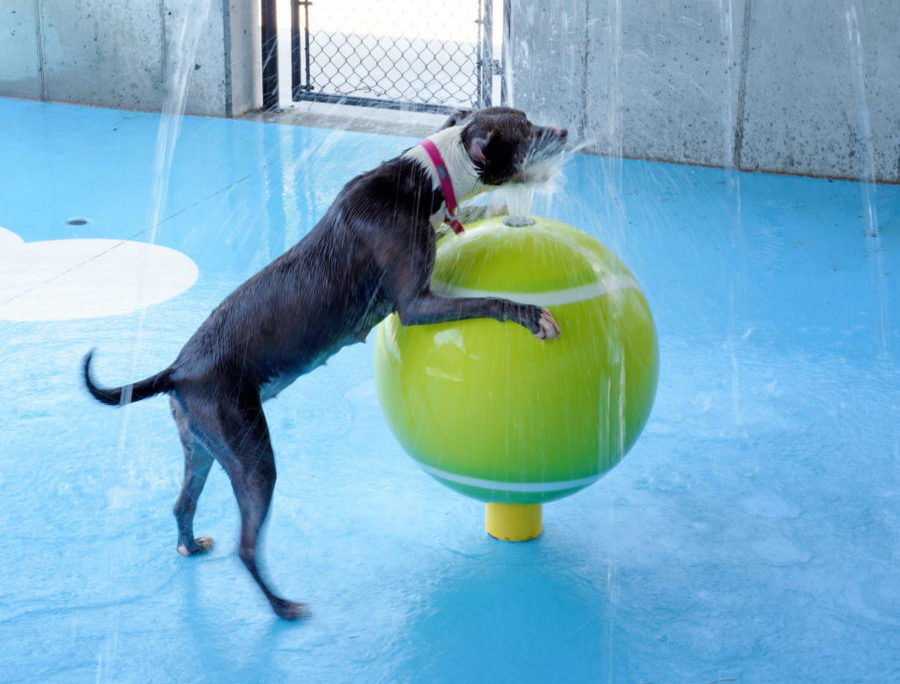
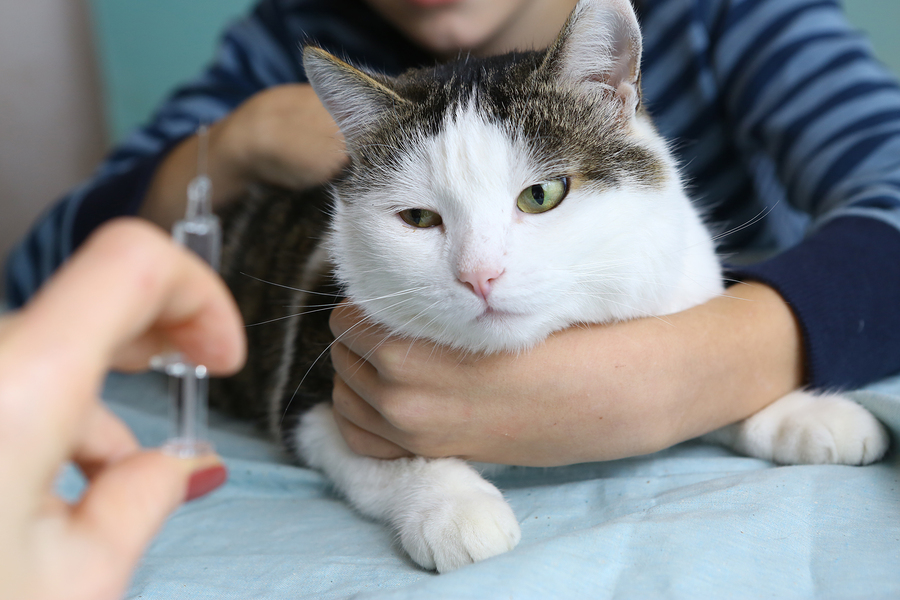

 Oakley was generally fearful, so I set up boxes for nosework, a Snuffle Mat, a Wobbler, and a Spin-it. Oakley engaged with these items enthusiastically, demonstrating no fear. We did a few behaviors on the consent mat (sit, watch me, touch, and down), allowing Oakley to disengage and go to the boxes or Snuffle Mat if he needed to de-stress and return to the consent mat when he was ready to re-engage. I instructed the owner to practice all of the above between our sessions.
Oakley was generally fearful, so I set up boxes for nosework, a Snuffle Mat, a Wobbler, and a Spin-it. Oakley engaged with these items enthusiastically, demonstrating no fear. We did a few behaviors on the consent mat (sit, watch me, touch, and down), allowing Oakley to disengage and go to the boxes or Snuffle Mat if he needed to de-stress and return to the consent mat when he was ready to re-engage. I instructed the owner to practice all of the above between our sessions.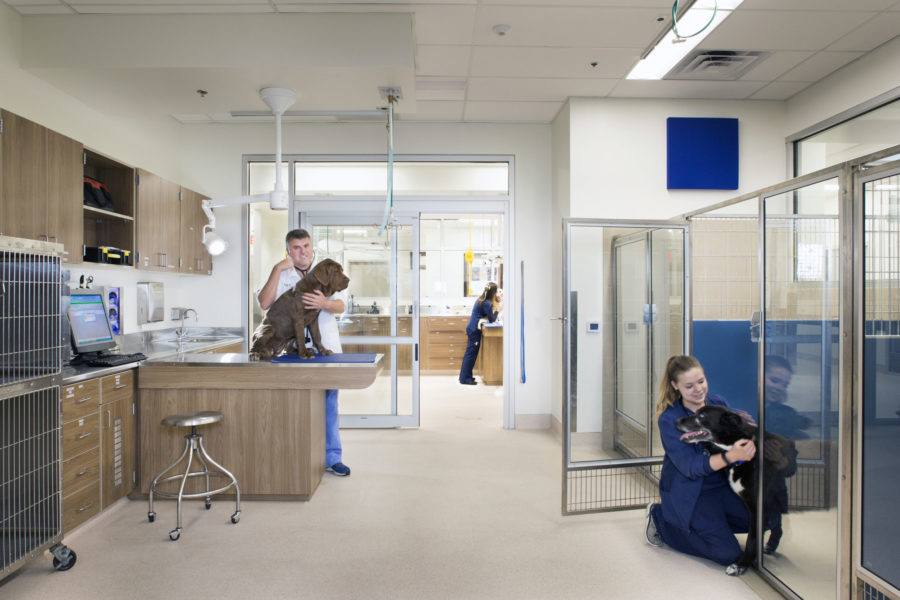
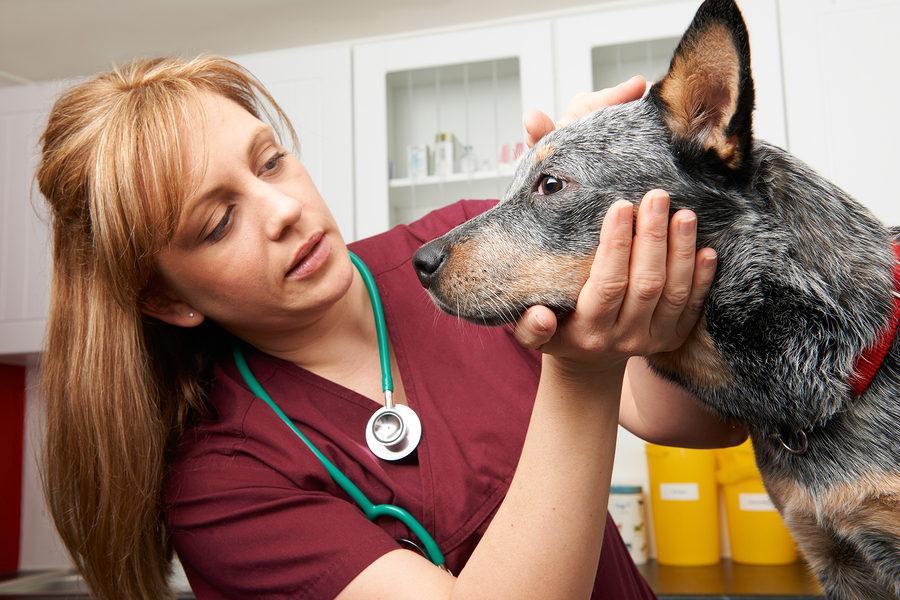
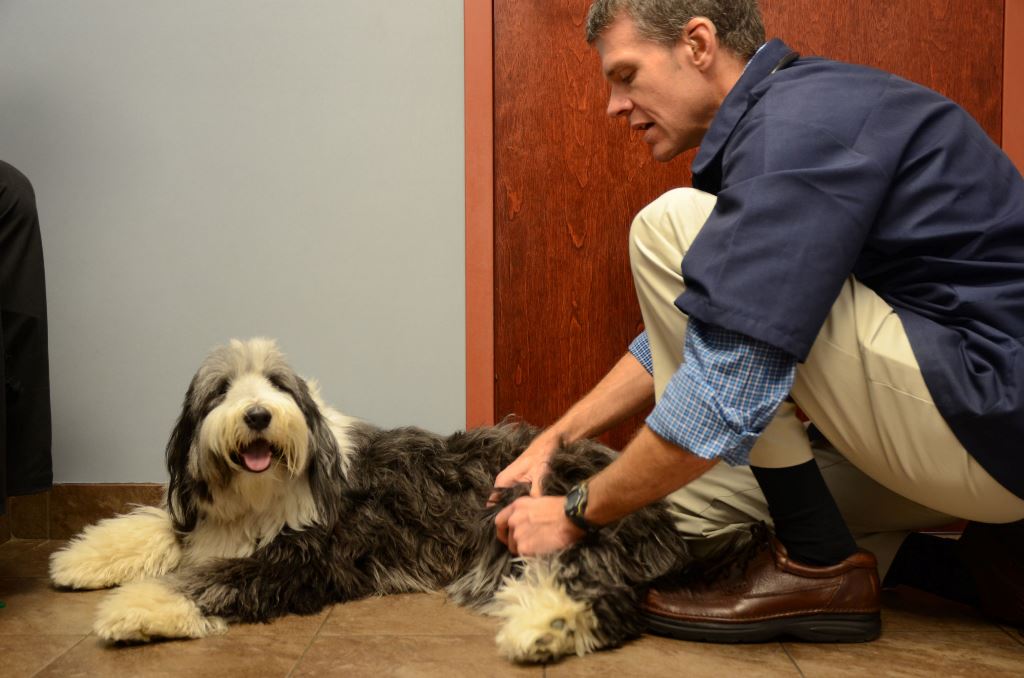
 A new feline patient with a high level of fear, anxiety, and stress went home with gabapentin as a pre-visit pharmaceutical. The exam we performed two days later was great. He was readily eating tuna and happy to be petted. He did well for a complete exam, including radiographs and blood draw. The Feliway-infused towel was also a great help.
A new feline patient with a high level of fear, anxiety, and stress went home with gabapentin as a pre-visit pharmaceutical. The exam we performed two days later was great. He was readily eating tuna and happy to be petted. He did well for a complete exam, including radiographs and blood draw. The Feliway-infused towel was also a great help. draws and vet visits. He was a wonderful-tempered cat at home, but at the clinic, while he never bit or scratched, he hissed and struggled every time he came out of the cage and became a difficult patient to handle. He is very food-motivated and after we started Fear Free practices and he got squirt cheese and baby food every time he was handled, he now purrs and rubs on everyone when he comes for treatments and is so much happier and easier to handle. I am overall so much more aware of a patient’s anxiety level the moment they walk in the door now, and it gives us a chance to start finding ways to alleviate their stress before it escalates.
draws and vet visits. He was a wonderful-tempered cat at home, but at the clinic, while he never bit or scratched, he hissed and struggled every time he came out of the cage and became a difficult patient to handle. He is very food-motivated and after we started Fear Free practices and he got squirt cheese and baby food every time he was handled, he now purrs and rubs on everyone when he comes for treatments and is so much happier and easier to handle. I am overall so much more aware of a patient’s anxiety level the moment they walk in the door now, and it gives us a chance to start finding ways to alleviate their stress before it escalates. in patients, while others felt I was “too soft,” “only cared about giving the animals treats,” or “was crazy or misguided in my efforts.” Fellow faculty members sometimes shared these sentiments and even accused me of not being able to “get the job done” when I would elect to postpone or re-plan a procedure for an animal. The revolution of awareness that Fear Free has helped to create in our profession has changed the way I am viewed by students and colleagues. No longer the “crazy Dr. Griffin,” I am the one they ask to teach them about low-stress handling and Fear Free techniques. The art and science of Fear Free have become valued: this is truly a gift for all of us, our patients, and their owners. I look forward to the day when Fear Free is taught in all veterinary colleges and is fully embraced as an indispensable standard of care in veterinary practice.
in patients, while others felt I was “too soft,” “only cared about giving the animals treats,” or “was crazy or misguided in my efforts.” Fellow faculty members sometimes shared these sentiments and even accused me of not being able to “get the job done” when I would elect to postpone or re-plan a procedure for an animal. The revolution of awareness that Fear Free has helped to create in our profession has changed the way I am viewed by students and colleagues. No longer the “crazy Dr. Griffin,” I am the one they ask to teach them about low-stress handling and Fear Free techniques. The art and science of Fear Free have become valued: this is truly a gift for all of us, our patients, and their owners. I look forward to the day when Fear Free is taught in all veterinary colleges and is fully embraced as an indispensable standard of care in veterinary practice.